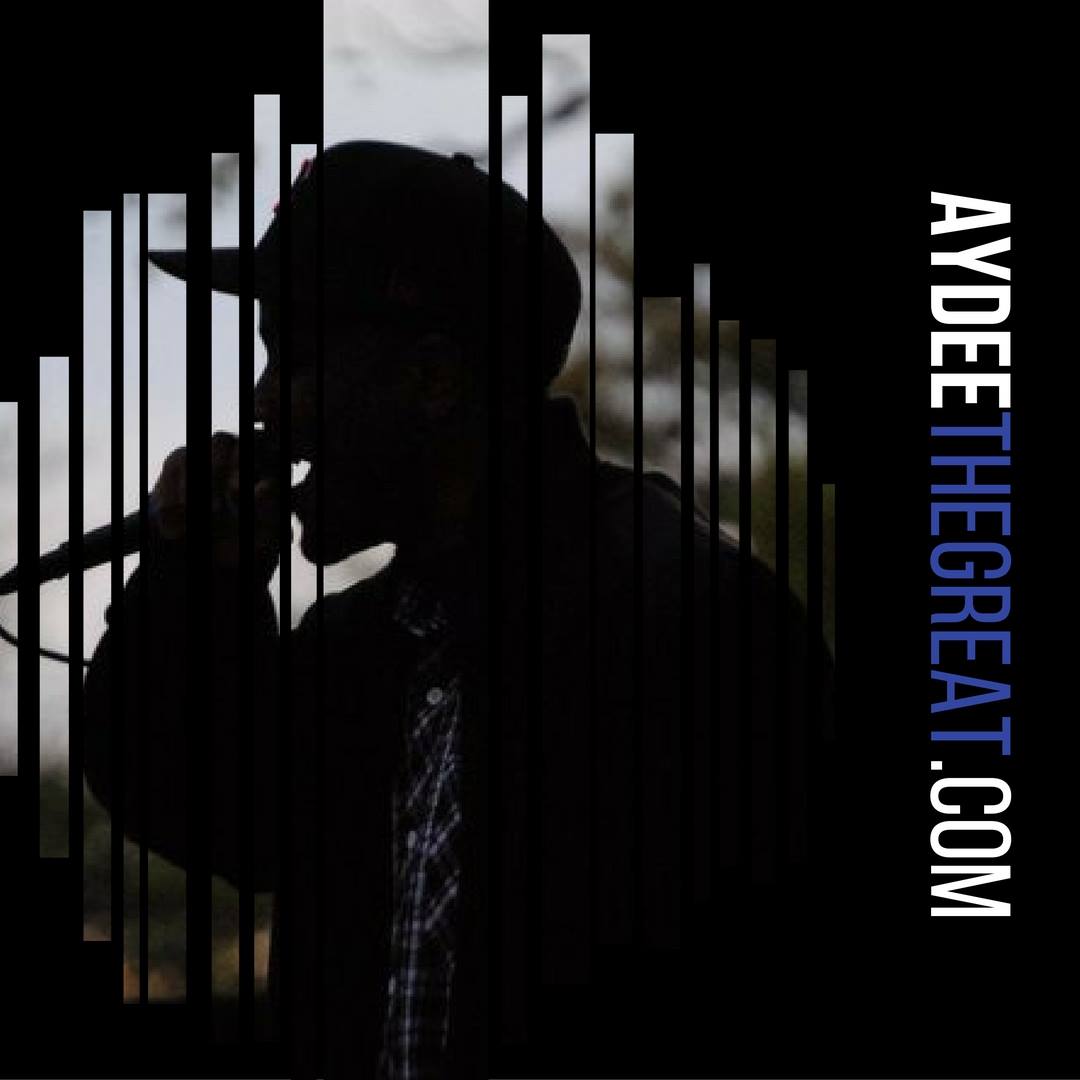Musical score by Preme | Poetry filmed by Craig Goodman]
See The Stripes [PDF]
by A.D. Carson
The site of “the most exciting 25 seconds in college football”
was made possible by profits from the most shameful centuries in America’s history,
but come to the campus of Clemson University,
and you’d hardly be able to tell it from looking around. [i]
Solid Orange, you’ll see. [ii]
The grounds are perfectly manicured—alluring—
and monuments to the greatness that creates such institutions
stand as reminders from whence we came,
and since we gain so much from what we see,
we smile,
proud of the great tradition of which we have the benefit of saying we are now a part.
Solid Orange, we are.
And it’s easy to buy in—
it starts with “The Song that Shakes the Southland”
and a sea of solid orange—‘Tiger Rags’ that kind of grab you and say,
“You are now a member of this family!
You are now a Clemson Tiger.
Wear your orange proudly.”
but
it’s a pretty well known fact that tigers have stripes,
and almost as well known is the reason they do,
yet, Clemson University—home of the Tigers—
doesn’t do much acknowledging of
those dark marks it knows to be so integral a part
of its existence.
“Solid Orange,” we say…
at this university that was once a plantation,
slavery being “a positive good” according to Master Calhoun,
whose house sits, still,
on a plot atop a hill
overlooking the football field
—open seven days a week,
and I can even enter through the front door.
What I cannot do, however, is depend on the tour guide to give me the whole history
of the foundations of my university, because—
for some reason or another—
it’s uncomfortable for some people to talk about
slave owners, supremacists and segregationists on those terms,
or
it’s unknown to the individual responsible
for the dissemination of that information
about this place,
but
twenty score
and many more years ago
our forefathers brought forth on this continent
our forefathers and our foremothers
and exploited them for hundreds of years,
which led to our being
conceived in captivity
and “dedicated to the proposition”
that history is a matter
of telling the story that makes us look best.
“Solid Orange,” I think,
and that forces me to confront my active participation in
not only the crime, but the cover-up—
the whitewashing, with orange, of the dark parts of a
history meant to be instructional, lest we repeat it,
and
I repeatedly walk past the
Strom Thurmond Institute of Government and Public Affairs
and wonder, “Was it there that our ancestors were whipped?”
Because it happened.
Slavery was big business,
and
being black meant
you made profits to keep your master in the black,
and
if the master went into the red,
he’d see red and you’d be likely to wear
red stripes across your back—
fact.
And if that
is an uncomfortable truth for the institution, so be it.
These are the stripes we bear,
so see them.
Slavery, sharecropping and convict labor
paved the streets and sidewalks of this “high seminary of learning,”
and earning a degree from here tethers me to the legacy of that
and John C. Calhoun, Strom Thurmond, Thomas Green Clemson and
“Pitchfork” Ben Tillman, who,
with his henchmen, killed black members of a militia,
never to be convicted, but elected to public office—Governor—
to have statues and buildings erected in his honor, eventually. [iii]
The one on this beautiful campus houses the Calhoun Honors College
and the School of Education.
So be it, if it’s uncomfortable to bear those stripes.
See them,
because it’s not uncomfortable to reap the benefits of the labor that went into
building the buildings or tending the land,
but very much so
knowing the buildings and the land are stained with
years upon years of
the blood, sweat and tears
of slaves and sharecroppers and so-called criminals
who were lent to the institution to do the work that needed doing.
“Solid Orange,” they say.
And I say
The Tiger cannot survive without its stripes.
We cannot ignore
the troubling history that brought us to this,
our glorious institution,
with its memorials and monuments to “honorable” men,
and call ourselves a family.
And we’re damned if we think we’re doing ourselves any favors
coloring the history one hue.
One you,
one me,
one he,
one she,
one them,
won’t be
one us
‘til we strive to
see those stripes
The Tiger cannot survive without them.
The site of “the most exciting 25 seconds in college football”
was made possible by profits from the most shameful centuries in America’s history.
Those are the stripes we bear,
and before you decide to wear
that orange tee, or that painted paw,
think,
for a moment, about those stripes,
think
of the backs of the slaves,
think
about the strips of land,
and the sharecroppers tied to it after so-called emancipation,
think
of the uniform of that 13 year old boy ,
a slave of the state,
forced to help build the first buildings at this place, [iv]
think
of the dark matters that matter more than you know—
the difference between willing ignorance and active participation,
complicit denial and abject perpetuation—
before you
think
“Solid Orange,”
think
of how ridiculous a Solid Orange Tiger would look.
Think
of seeing its stripes,
think
of being its stripes,
and think
of how terrible it is
to not be seen,
to not be acknowledged,
think
about never being doomed to repeat
an atrocious history,
and being better
because of knowing better
and doing better
because as things are now,
we are The Tigers,
built on a legacy of slavery, sharecropping and convict labor,
by slave owners, supremacists and segregationists,
but come to the campus of Clemson University,
and you’d hardly be able to tell it from looking around.
And it’s a shame.
We’d be a beautiful Tiger…
if only
we could
see our stripes.
[i] Quote credited to ESPN and ABC broadcaster, Brent Musburger, in reference to the team’s pregame ritual of rubbing “Howard’s Rock” before running down The Hill onto Frank Howard Field.
[ii] From the ‘Solid Orange’ page on Clemson’s website: “Solid Orange goes far beyond orange T-shirts. It’s thinking and acting like a winner, knowing that everything we do reflects on every other Tiger. It’s just part of what makes Clemson uniquely Clemson.”
[iii] The Hamburg Massacre occurred July 4, 1876, and resulted in the deaths of seven men.
[iv] The boy’s name is Wade Foster. More information on his and other stories about the “Convict Labor” at Clemson is available in Dr. Rhondda Thomas’s essay, ““Slaves of the State”: Convict Labor and Clemson University Land and Legacy” in The South Carolina Review, Volume 46, Number 2, Spring 2014.
The picture used in the video is of 14-year-old George Stinney, Jr., who, in 1944 became the youngest person legally executed in the United States in the 20thcentury. He was executed by the state of South Carolina.


